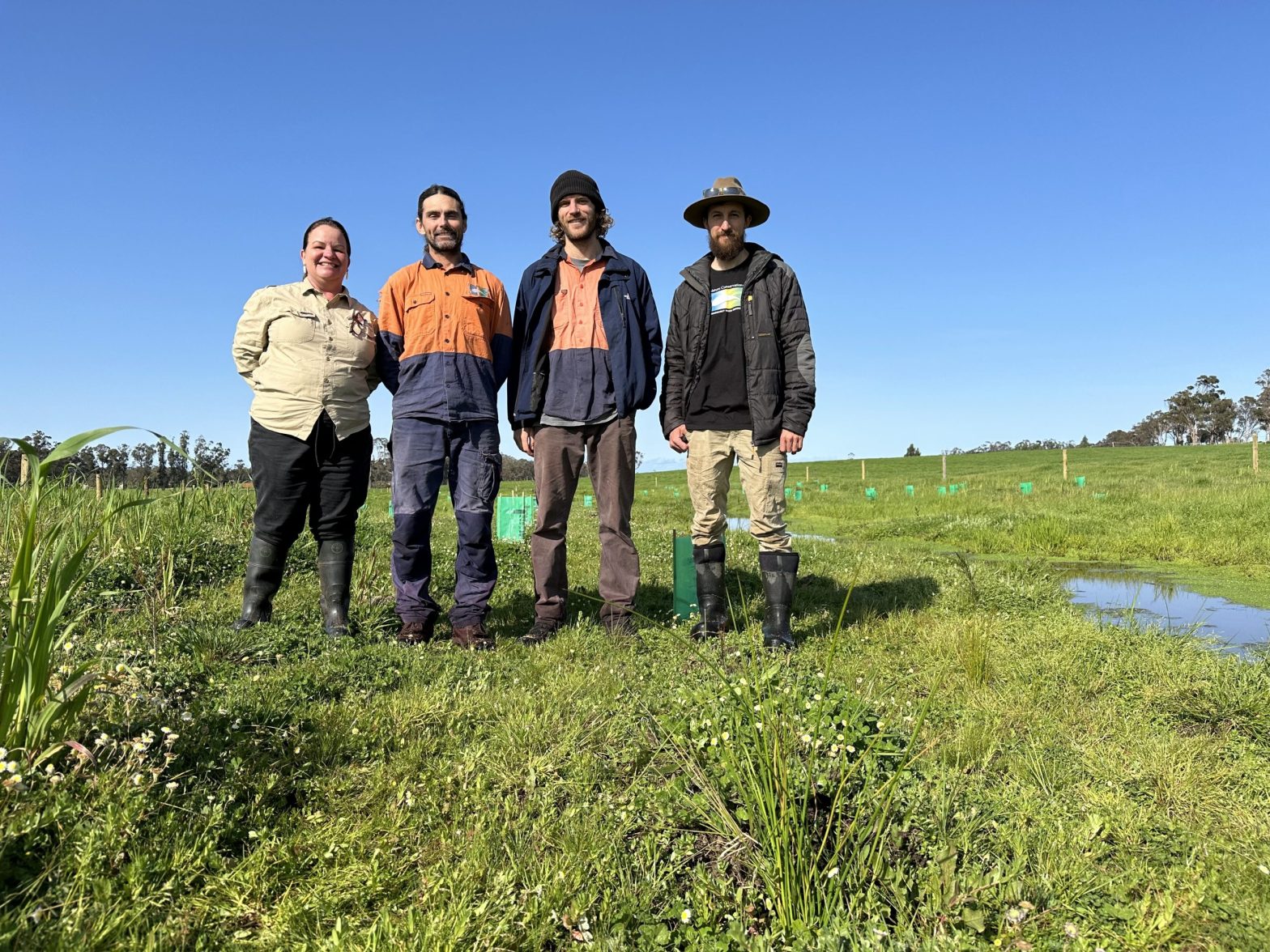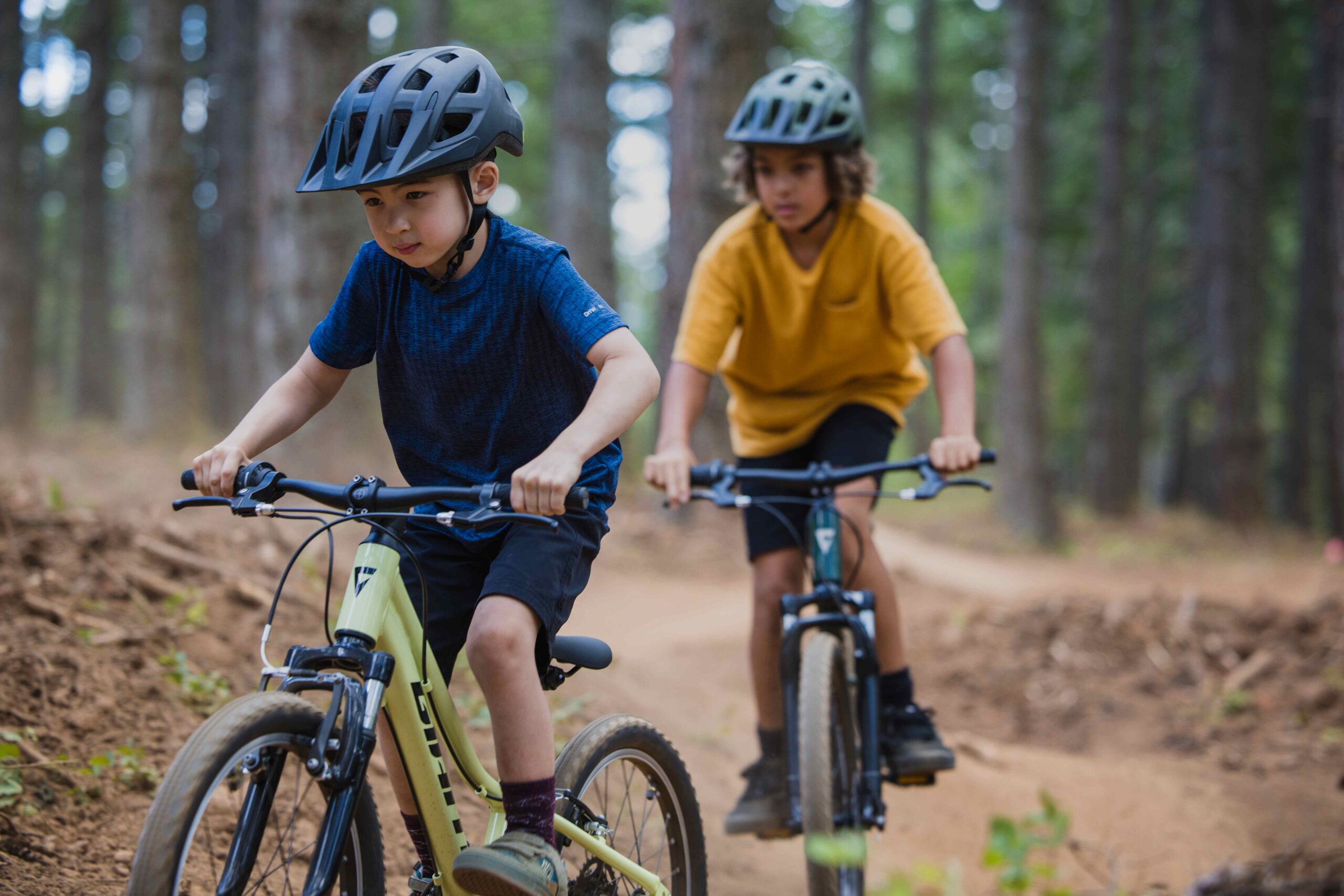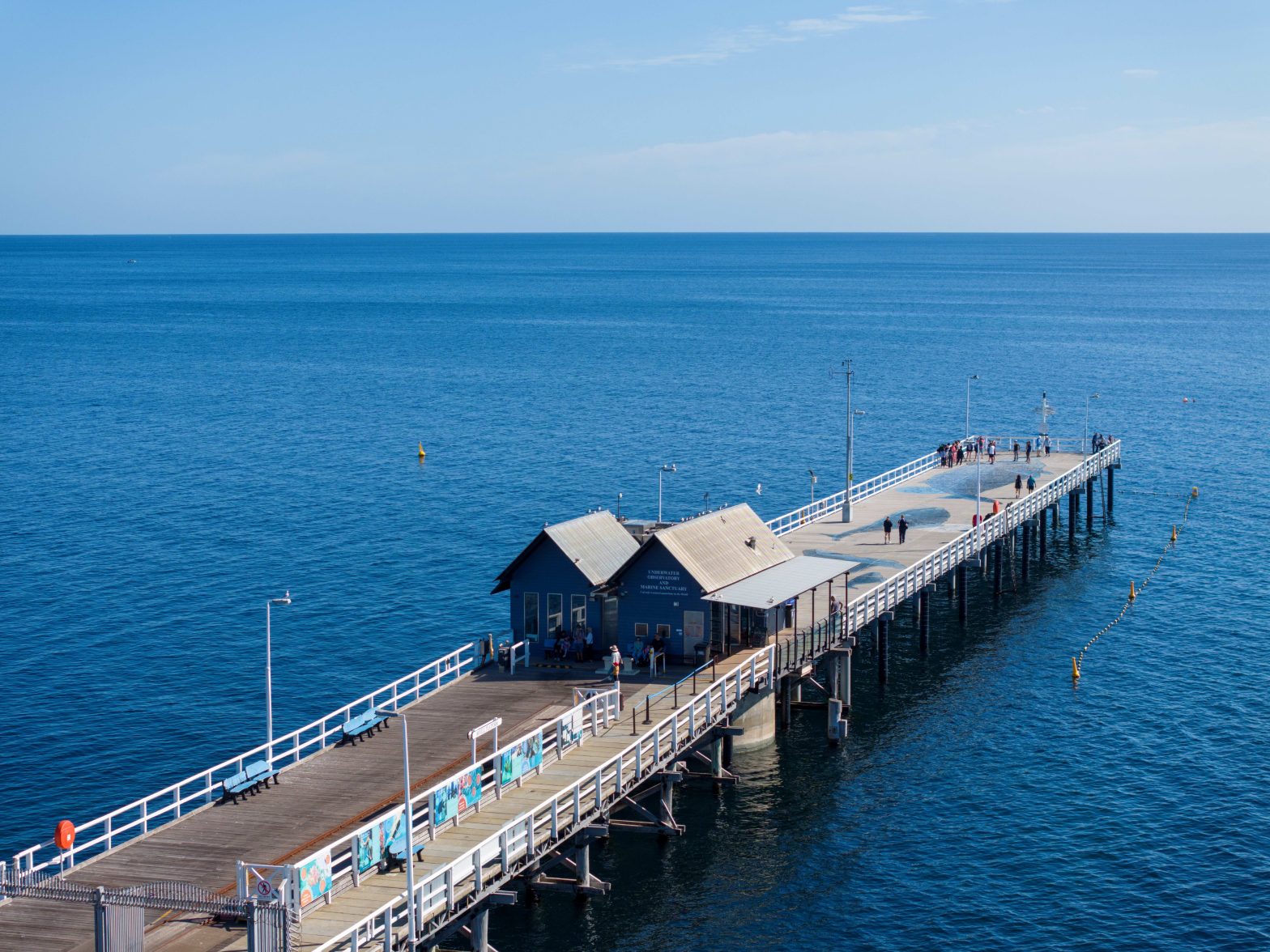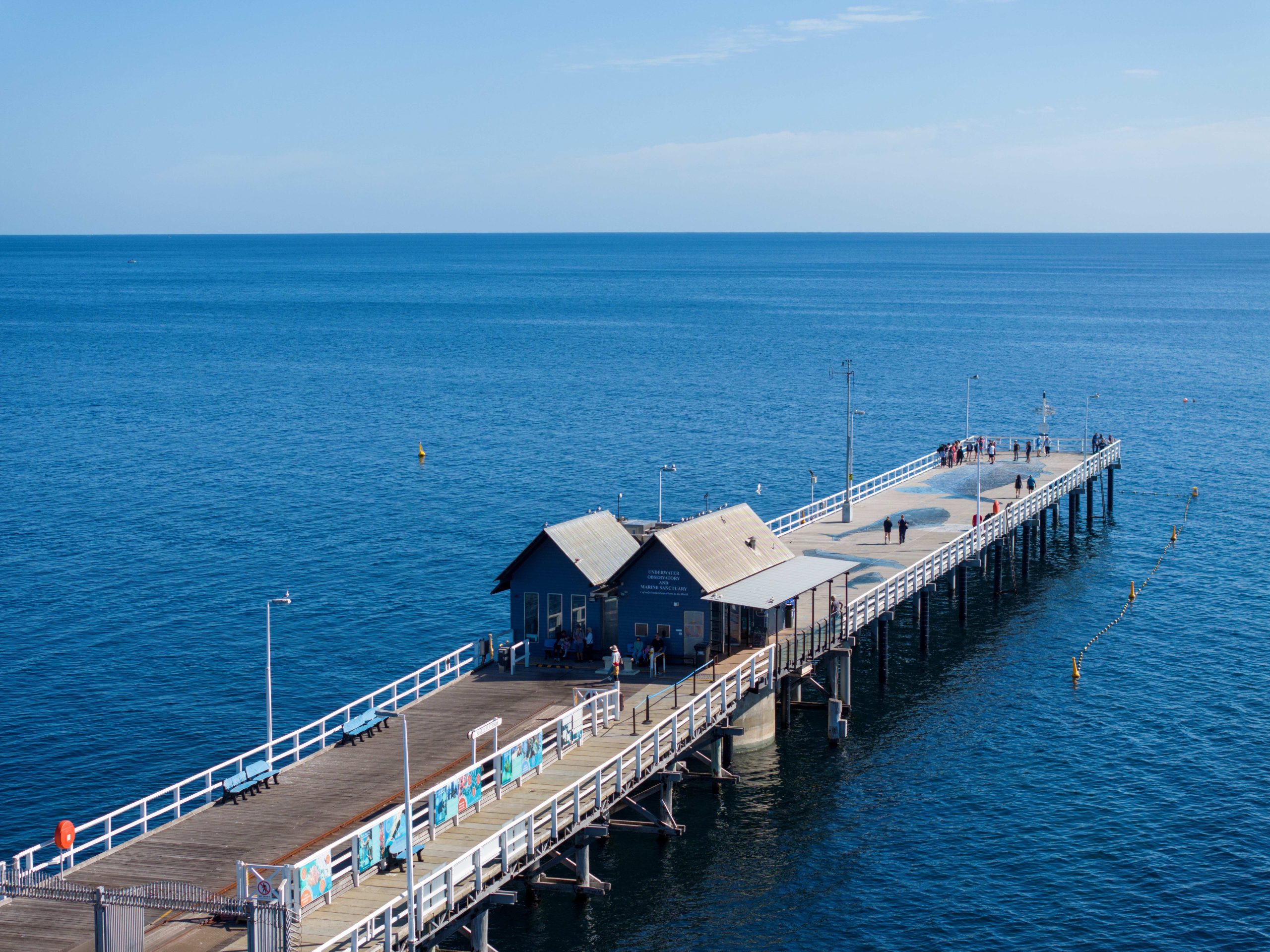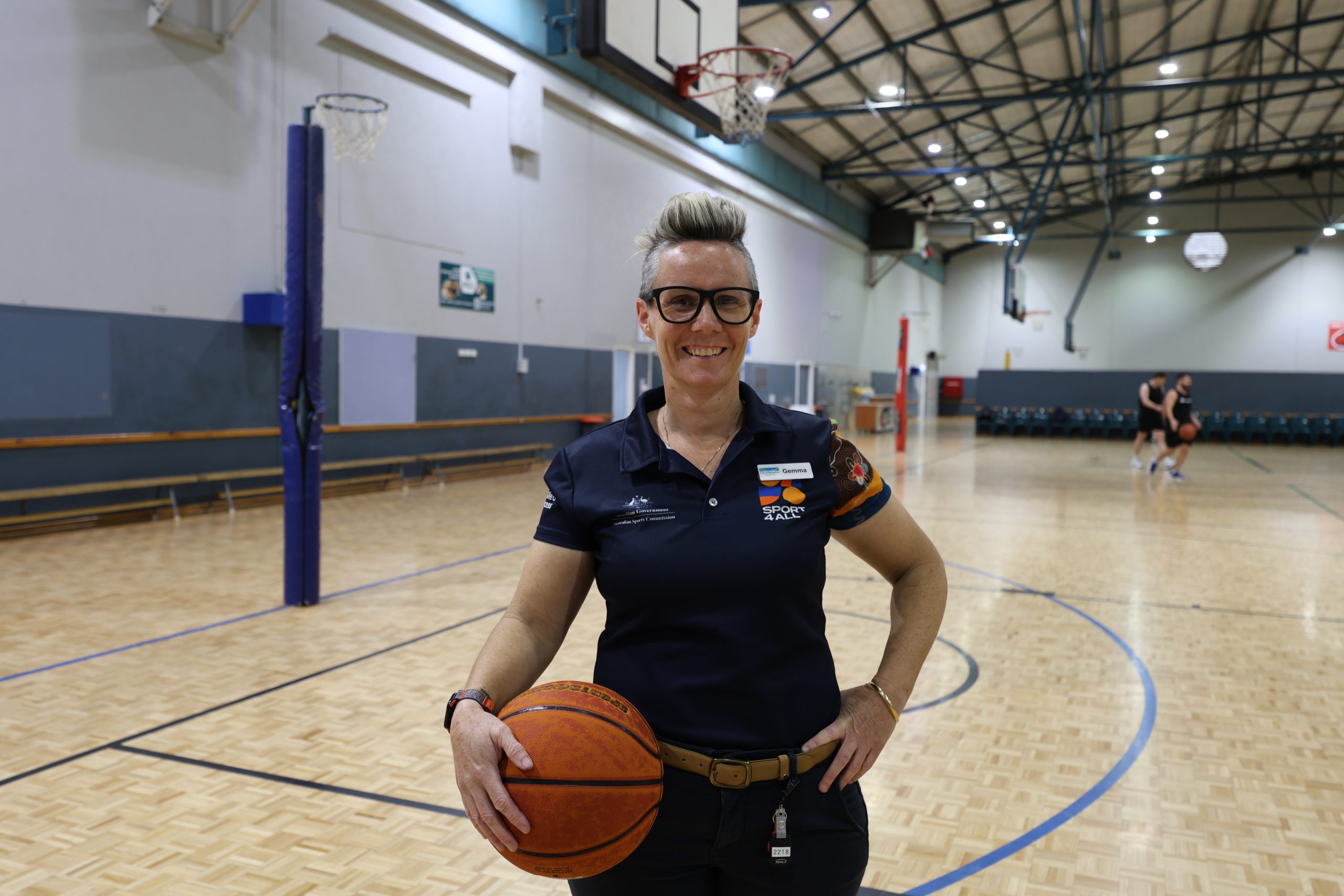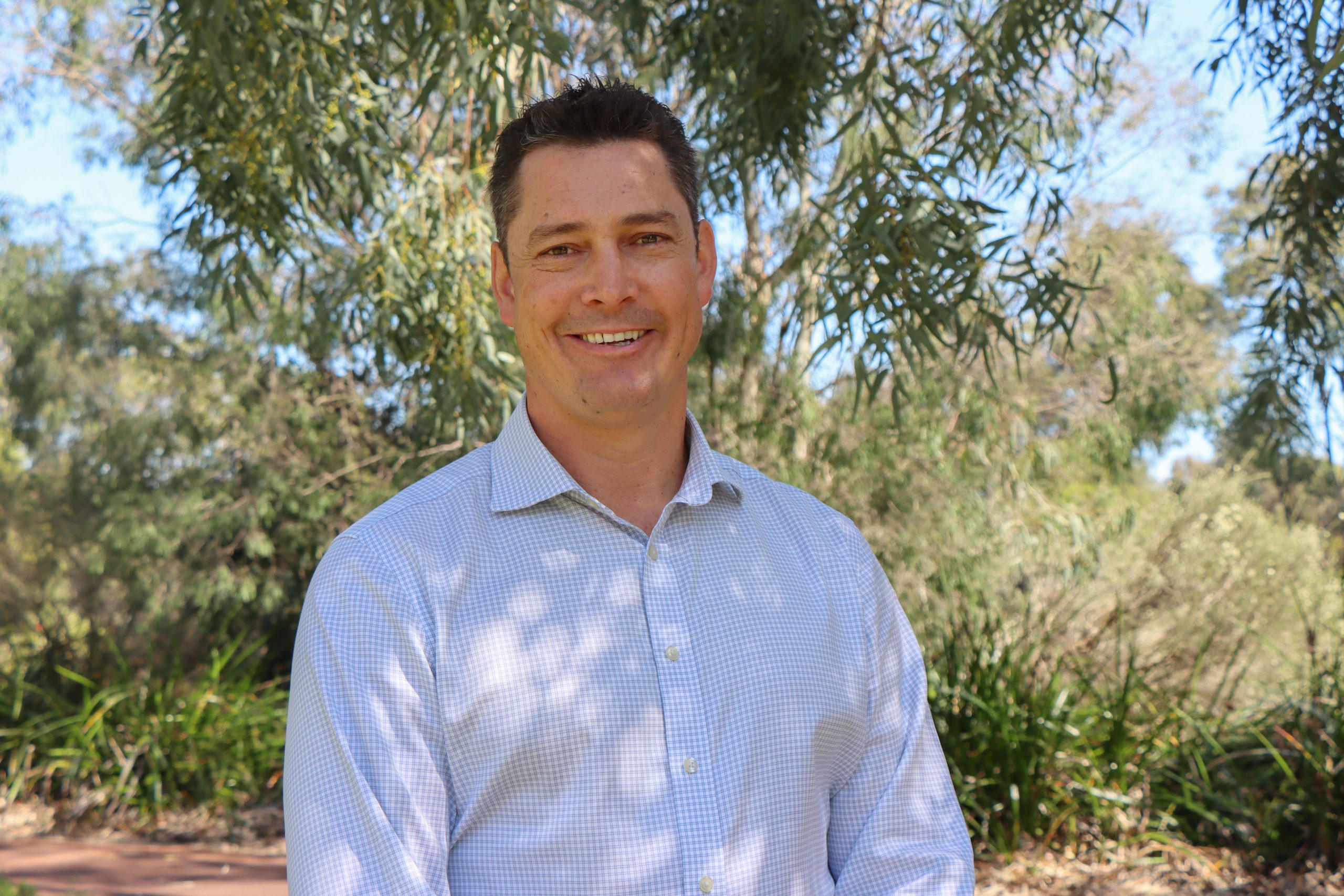Landowners working to restore farm waterways
Over the past two years, 14 grazing properties have worked with the Lower Blackwood Land Conservation District Committee (LBLCDC) to plant more than 70,000 native plant seedlings to restore waterways on their farms.
The LBLCDC, supported by the State Government’s Healthy Estuaries WA program, has been working with landholders in the Lower Blackwood catchment to fence off farm waterways to exclude stock and revegetate with local native species.
These works aim to restore biodiversity and stream function and improve the water quality of the streams and rivers that discharge into the Hardy Inlet.
The system is of high ecological value as a breeding habitat for freshwater fish species and migratory birds, and high social value as a recreation area for holidaymakers and locals.

Project Officer Rebecca Archer said local landholders had responded enthusiastically to the Healthy Estuaries WA project.
“Landowners enjoy seeing the benefits of these projects on their properties through improvements in biodiversity, reduced stream bank erosion, and the knowledge they are contributing to improving the water quality of the Blackwood and Scott Rivers, and ultimately the Hardy Inlet.”
In July this year, the LBLCDC and Nature Conservation Margaret River’s (NCMR) Bush Regeneration Team came together to plant over 7,000 seedlings of 52 plant species along a creek line on Ross Woodhouse’s dairy farm in Warner Glen.
“We are delighted to see the plants establishing well, especially since they were under water after the heavy August rains,” Ross said.
“We look forward to working with the team from the Lower Blackwood LCDC next year to get further projects off the ground on our property”.
Rebecca echoed that “there is evidence of excellent survival rates and significant growth. Post-planting maintenance will be crucial in the coming months (and years) to suppress weed growth and allow native plants to grow, set seed, and germinate in the project area.”
“The exclusion of stock from the creek line is a critical factor in the success of a revegetation project,” she said.
“The LBLCDC was able to support Ross with funding for over 1 kilometre of fencing to exclude stock from the revegetated area.”

“The creek line and fringing areas now have an effective coverage of native seedlings, which have established remarkably well after the winter rainfall,” NMCR’s Declan McGill said. “However, supplementary watering may be required in summer months if there is another extended drought.”
The LCDC is now calling for expressions of interest from local landholders for the next round of Healthy Estuaries WA, open to grazing farmers within the Lower Blackwood catchment.
Lower Blackwood LCDC Project Officers will provide landholders with technical advice and expertise on site preparation and species selection.
They will also assist with sourcing and coordinating contractors to undertake pre-planting ripping and weed control, fencing, planting, and ongoing site monitoring and maintenance, as needed.
If you are interested in participating, you can register your interest at www.lowerblackwood.com.au, or contact Project Officer Rebecca Archer on 0487 060 506 or rebecca.archer@lowerblackwood.com.au.
More information on the project can be found at estuaries.dwer.wa.gov.au.

